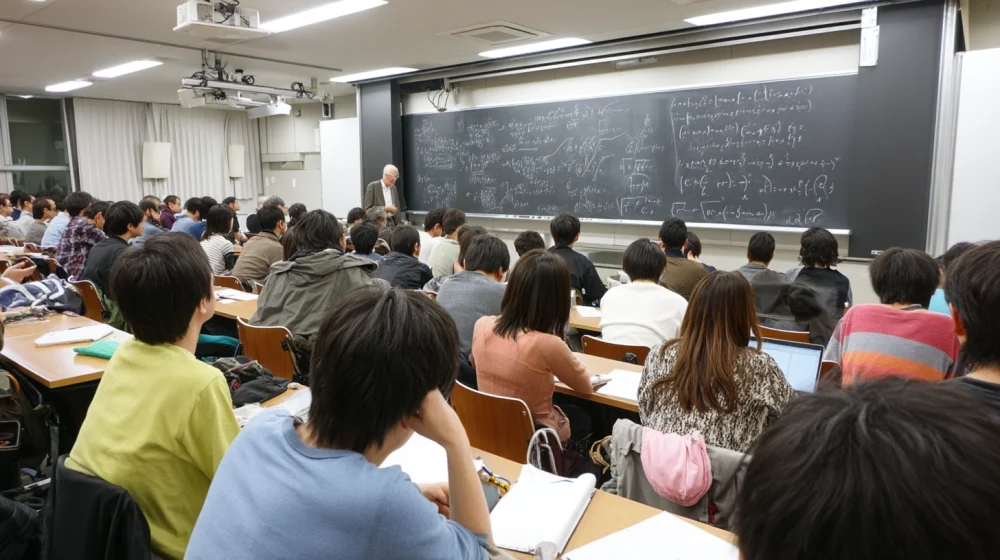Adlerian Psychology has not remained frozen as the legacy of a single genius. For over 100 years, it has continued to evolve. After Alfred Adler’s death, his students carried forward his philosophy, adapting its theories and methods to modern times. This article explores the rich history, influential figures, and the ongoing transformation of Adlerian Psychology. Despite changing eras and schools of thought, Adler’s philosophy remains timeless—let’s trace its enduring journey.
The Unique Flexibility of Adlerian Psychology
Unlike many traditions that treat the founder’s words as sacred, Adlerian Psychology has grown beyond strict orthodoxy. Even after Adler’s death in 1937, the theory has been actively restructured and modernized as a living psychology.
Following WWII and Nazi persecution, many of Adler’s students were lost or scattered. Some even believed Adlerian Psychology had come to an end.
Yet, a few exiled students in the U.S. reignited Adler’s flame, reconstructing his ideas and giving rise to what can be seen as a “second birth” of the psychology.
Dreikurs and Ansbacher: The Pillars of Revival
Rudolf Dreikurs, a direct student of Adler, restructured the approach into practical techniques in postwar America, focusing on parenting, counseling, and educational practice from his base in Chicago.
Meanwhile, Heinz Ansbacher worked to refine and systematize the theory. He clarified core concepts like holism, teleology, and community feeling through Adler’s writings and lectures.
These two pillars—Dreikurs’ practical innovations and Ansbacher’s theoretical structure—rebuilt Adlerian Psychology into a viable and modern system.
The Third Generation and the Return to Europe
Dreikurs’ students—such as Shulman, Christensen, and Mozak—expanded the theory into education, healthcare, and organizational development. His daughter, Eva Dreikurs Ferguson, launched ICASSI (the International Adlerian Summer School), reviving Adlerian Psychology in Europe through annual seminars.
ICASSI continues today as a global gathering for Adlerian practitioners, fostering international learning and connection.
Influences and the Rise of the Fourth Generation
From the 1950s to 1990s, waves of behaviorism and cognitivism influenced Adlerian methods and terminology. Ansbacher and Dreikurs adapted the approach to resonate with evolving psychological trends.
From the 1990s onward, postmodern and structuralist thought began shaping the fourth generation of Adlerian thinkers. In Japan, Shunsuke Noda redefined Adlerian Psychology through a structuralist lens, shifting the focus from “community feeling” to “relational structure,” gaining widespread support.
The Modern Boom: “The Courage to Be Disliked”
In 2013, *The Courage to Be Disliked* by Ichiro Kishimi and Fumitake Koga became a cultural phenomenon, bringing Adlerian Psychology into the public eye in Japan and beyond.
Today, practitioners like Toshinori Iwai continue to spread Adler’s teachings through books, YouTube, and seminars. Adlerian Psychology is no longer limited to professionals—it has become a guiding light for anyone asking, “How should I live?”
Conclusion
Adlerian Psychology has grown through the trials of history, shaped by many hands and minds.
Its enduring appeal lies in a philosophy that respects each person’s life and promotes a universal understanding of humanity. That core will remain meaningful across all ages and cultures.
As long as we continue asking how to live authentically as human beings, Adlerian Psychology will keep evolving—and guiding.
*All images used in this article were generated with Midjourney.*
ロゴ.png)











